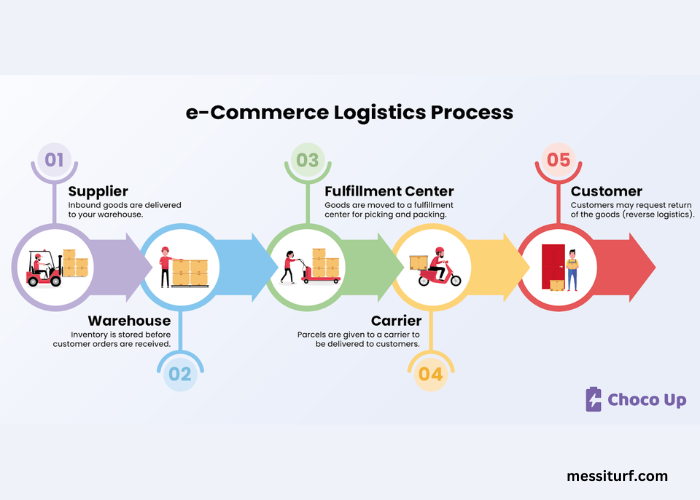As the world continues to move towards a more sustainable future, businesses must be at the forefront of the transition. Consumers, employees, and regulators are all increasingly expecting companies to take responsibility for their environmental and social impact. Developing a sustainable business is no longer just a nice-to-have; it’s a must-have for any company that wants to remain competitive in today’s market.
The challenge for many businesses is in understanding how to create a sustainable business model. This blog will provide an overview of the key elements that need to be incorporated into a sustainable business, from setting goals and objectives to monitoring performance and adjusting strategies.
Identifying the Elements of a Sustainable Business
Before a business can become sustainable, it needs to have a clear understanding of what a sustainable business looks like. This means identifying and understanding the various elements that need to be incorporated into a sustainable business model. This includes the following:
- Environmental impact: Sustainable businesses strive to reduce their environmental impact by minimizing their use of resources, reducing their carbon footprint, and taking steps to reduce their waste. This includes adopting renewable energy sources, using efficient processes, and implementing energy-saving practices.
- Social impact: Sustainable businesses need to consider their social impact, such as how their decisions and operations affect the communities in which they operate. This includes taking an active role in supporting and engaging with local communities, providing fair wages and benefits to employees, and being a responsible corporate citizen.
- Business practices: Sustainable businesses need to incorporate ethical and responsible business practices into their operations. This includes adhering to the highest standards of integrity and transparency, engaging in responsible sourcing and procurement, and promoting diversity and inclusion in the workplace.
Establishing Goals and Objectives
Once the elements of a sustainable business have been identified, the next step is to set goals and objectives that will help the business reach its sustainability targets. This includes setting short-term and long-term goals, quantifying these goals, and creating a timeline for achieving them.
For example, a business may set the goal of reducing its carbon emissions by 50% by 2030. To achieve this, the business will need to set objectives such as switching to renewable energy sources, increasing energy efficiency, and investing in green technologies.
Incorporating Key Strategies
Once goals and objectives have been set, the next step is to develop strategies for achieving them. This includes creating a sustainability plan that outlines the steps the business needs to take to reach its targets. This plan should include specific actions, such as investing in renewable energy sources, implementing energy-saving practices, and engaging in responsible sourcing and procurement.
It is also important to create a timeline for implementing these strategies. This will help the business stay on track and ensure that the strategies are being implemented in a timely manner.
Integrating Sustainable Practices
The next step in creating a sustainable business is to incorporate sustainable practices into the everyday operations of the business. This includes training employees on sustainability practices, developing policies and procedures that support sustainability efforts, and establishing a sustainability committee to ensure that sustainability efforts are being implemented effectively.
It is also important to create incentives for employees to engage in sustainable practices. This could include rewards for employees who reduce their energy consumption or for those who come up with innovative ways to reduce waste.
Monitoring Performance and Re-Adjusting Strategies
Once the strategies and practices have been implemented, it is important to monitor the performance of the business to ensure that it is on track to meet its sustainability goals. This includes tracking progress against the goals, identifying areas that need improvement, and adjusting strategies and practices accordingly.
It is also important to communicate progress and performance to stakeholders, such as employees, customers, and investors. This will help to ensure that the business remains accountable and on track to reach its sustainability goals.
Conclusion
sustainable business is an ongoing process that requires dedication and commitment. By understanding the elements of a sustainable business, setting goals and objectives, incorporating key strategies, integrating sustainable practices, and monitoring performance and re-adjusting strategies, businesses can ensure that they are taking the necessary steps to become more su




